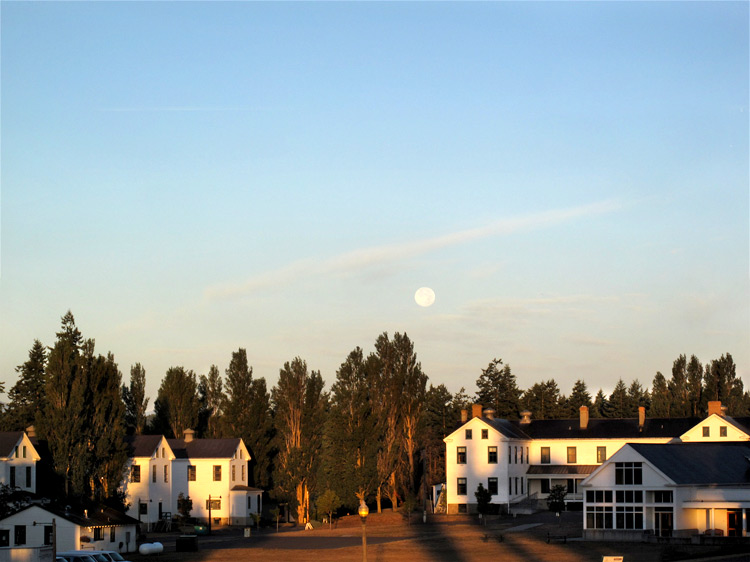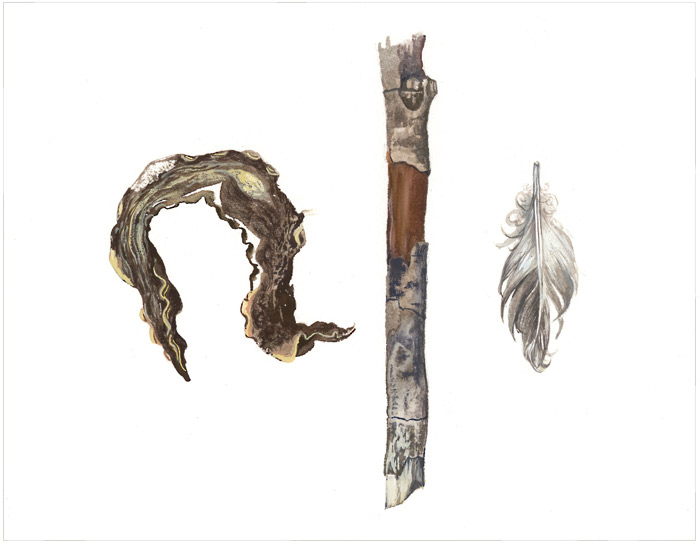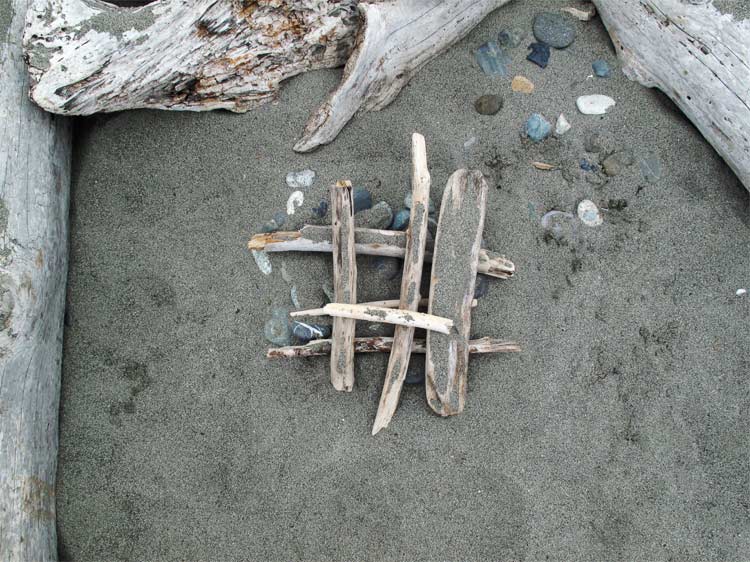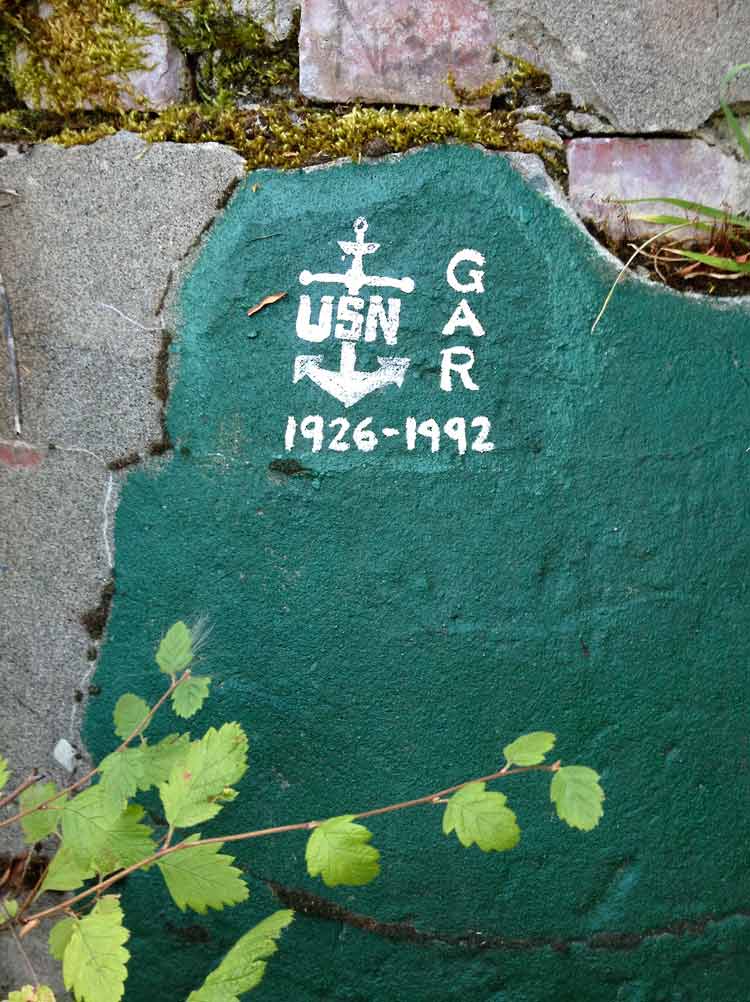
I have been possessed by my camera for the past few years, and in spite of public avowals that I was going to “get back to painting” evidence of new paintings has been scarce. So when I saw an opportunity to take a weeklong intensive in gouache through Gage Academy with realist painter Karen Hackenberg I leapt. What better antidote to procrastinating impulses than a retreat at Fort Worden, where I could incarcerate myself in a creative compound with fellow artists?
The fort, a former military battery designed to protect the entrance to Puget Sound, sits high on bluffs above the Straits of Juan de Fuca. The landscape ranges from saltwater shore to open meadow and forest, and the vistas are breathtaking. Centrum, which partners with Fort Worden, provides multi-media programming and coordinates facilities. Its mission is focused on creativity, connection and renewal, and as you move about the grounds you meet fascinating people radiating exactly these qualities. In Centrum’s own words: “It’s a place where the land stops, the sea begins, and the mind keeps going.”

I started my stay with a walk on the beach in search of objects for a still life, and to get my mind into the abstract state required to see in paint.
Visitors do not seem to need a book deal or an NEA grant to go about rearranging the beach. These are just a fraction of the useless battlements and airy fortifications I came across– far better than a museum for a lover of sticks.
 As I wandered the beach I was reminded of one of my favorite passages from Leonard Koren’s book on Wabi-Sabi:
As I wandered the beach I was reminded of one of my favorite passages from Leonard Koren’s book on Wabi-Sabi:
Definition of “aesthetic”…. refers to a set of informing values and principles — guidelines — for making artistic descriminations and decisions. The hallmarks of an “aesthetic” are 1) distinctiveness (distinct from the mass of ordinary, chaotic non-differentiated perceptions), 2) clarity (the aesthetic point has to be definite — clear — even if the aesthetic is about unclearness, and 3) repetition (continuity.)
The fort environment itself pulls you into the heart of paradox. You look up from reverie on golden yarrow, snowberry and roses to the harsh silhouettes of concrete battlements. Fort Worden was built in the early 1900’s, and the parade grounds rang with the boots of storied generals like August Quarles and Aronson Randol for whom the ruins are named. Among these purposeful ghosts now ramble barefoot banjo players and writers gazing into the distance and painters studying the shapes of clouds.
At any hour, and with much appreciated leavening, you will encounter Bambi, who’s benign gaze seems to bless all forms of artistic experimentation and failure. Sometimes there are berries left for a human breakfast.
Fortified by the muse I began my painting days, starting with still life painting and moving into more adventurous explorations of the medium. We each set up our own objects with a single light source. I worked on 300 pound hotpress Lanaquarelle, which I discovered does not like frisket. It does however adore the paint, and I have fallen madly in love with its velvet surface. On the first study I left the paper white as in traditional watercolor and in the second I masked out the objects and did an opaque wash, returning later to fill in the central subjects.



When painting from life, still or otherwise, one can be assailed by competing impulses: awe and devotion, an almost painful form of supplication to “the real” — and another wilder desire to create in the same way as “life,” with its exuberant dance of omniscience and intuition. I found the quote that Karen keeps on her drawing board the perfect motto for this practice: “Beauty is the love that we devote to an object.”— Paul Serusier.
However, it is important to honor the lessons of restlessness as much as devotion.
On day three I took an early morning walk and had an unsettling experience with sand and footing. Entranced by the shimmering light of sunrise on the water I accidentally stepped on a metal cable instead of a plank. I found myself upside down and very bruised, with a broken camera full of sand. This gave me pause. With my camera gone I needed to slow my eyes down: no capturing, just looking. And that had a radical effect on my approach to painting, although not what I might have expected. Faintly referencing photographs I had brought along, I got much looser and began to work fast, moving from one mistake to the next.




I have returned home thoroughly excited by this medium, and looking forward to doing much more with it. Gouache has a startling range of transparency, opacity, vibrance and depth. It seems to contain worlds within worlds, and offer endless possibility.
Karen Hackenberg was a generous and inspired teacher, and she impressed all of us with her clarity of vision, her discipline and her fearless ambition. This is an artist who can work in any scale, from intimate paintings on paper to huge canvases, assemblage and sculpture. Although she demonstrates Serusier’s quote on beauty in her meticulous understanding of the painted object, her real subject in her current work is the anguished intersection of civilization’s trash and the natural world. In her series “Watershed” discarded beauty meets eternal beauty, the two reflecting back upon on each other and forcing us to confront things we’d rather not. We look anyway because of the intense beauty of her methods and her sly sense of humor.
Hackenberg’s themes resonate with me as we move into a time on the planet that seems more and more a time of elegy. I want to look, and I want to look away. The impulse to bear witness is both exalting and excruciating. We need to laugh, we need to celebrate beauty wherever we find it, and we need to love this world, just to keep going.
The night before I broke my camera I took a walk along the battlements. All I could hear at the rim of the world was the wind and the swallows and the faint whisper of the rising moon.

All text, photographs and images © Iskra Johnson










Karin says
Wonderful to read. Your camera breaking is an interesting turn of events. I do love setting mine aside at times.
Many nice paintings here. My favorite is “Shipyard 1”. How large is it? The last three look like they may be larger than the others.
lana sundberg says
gorgeous work
I am in awe of you versatility